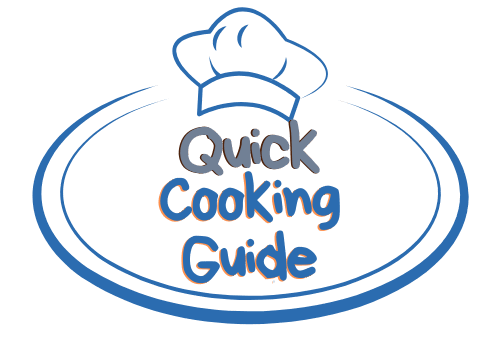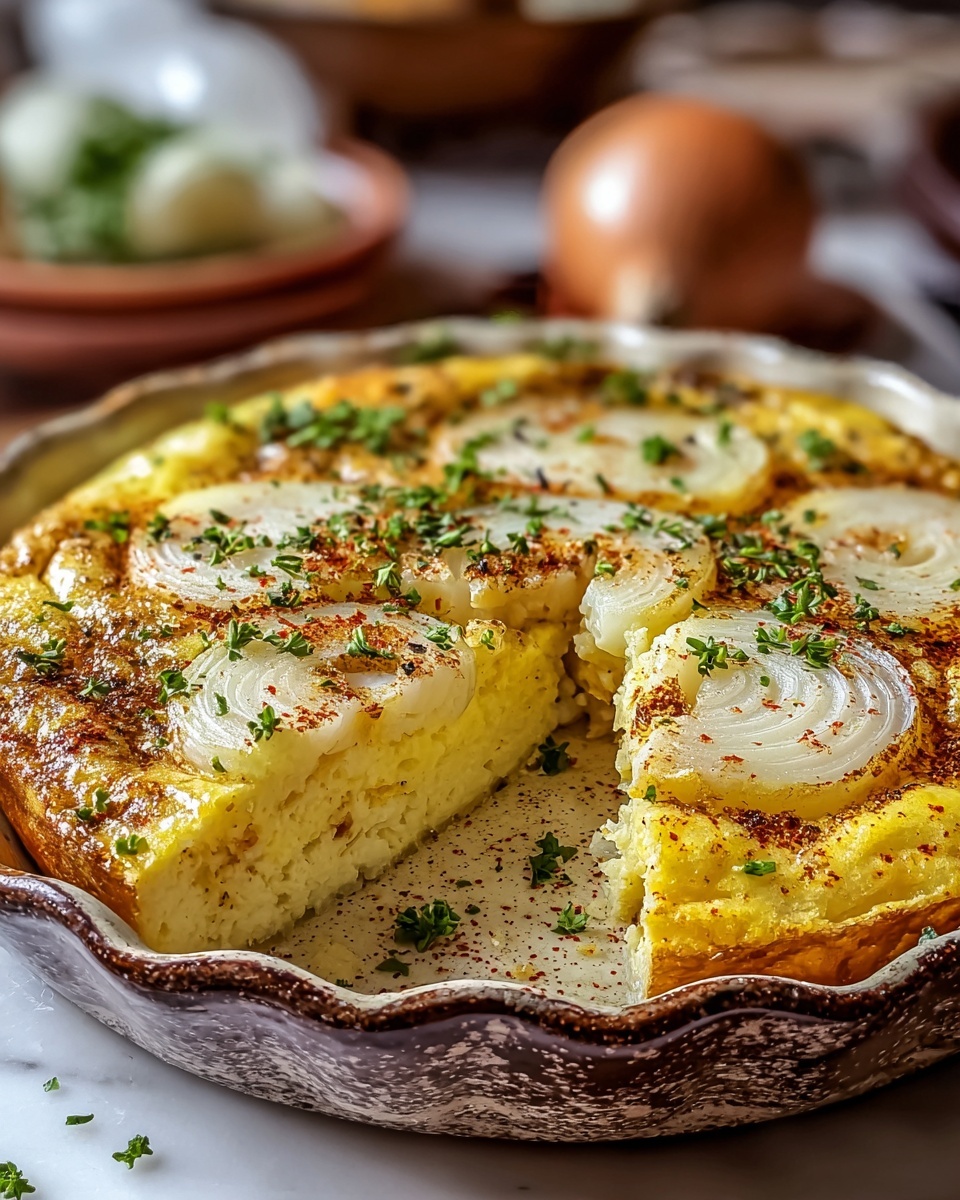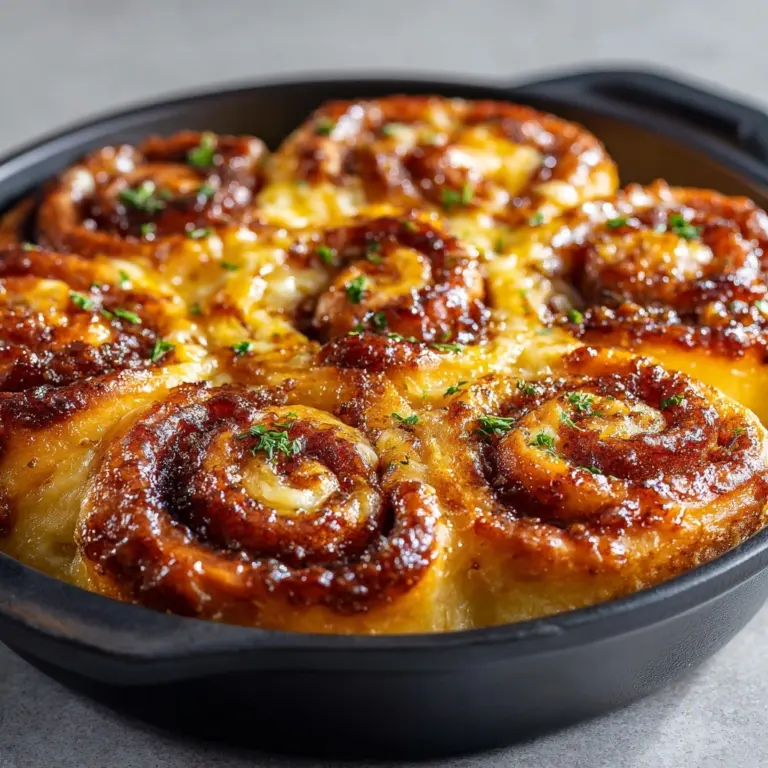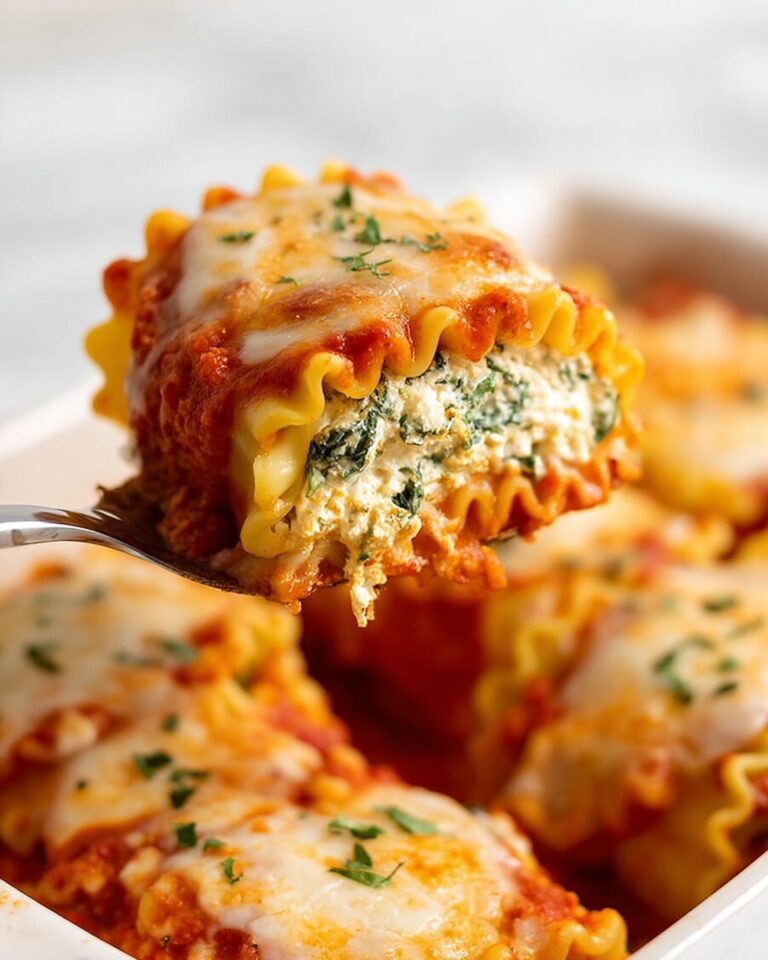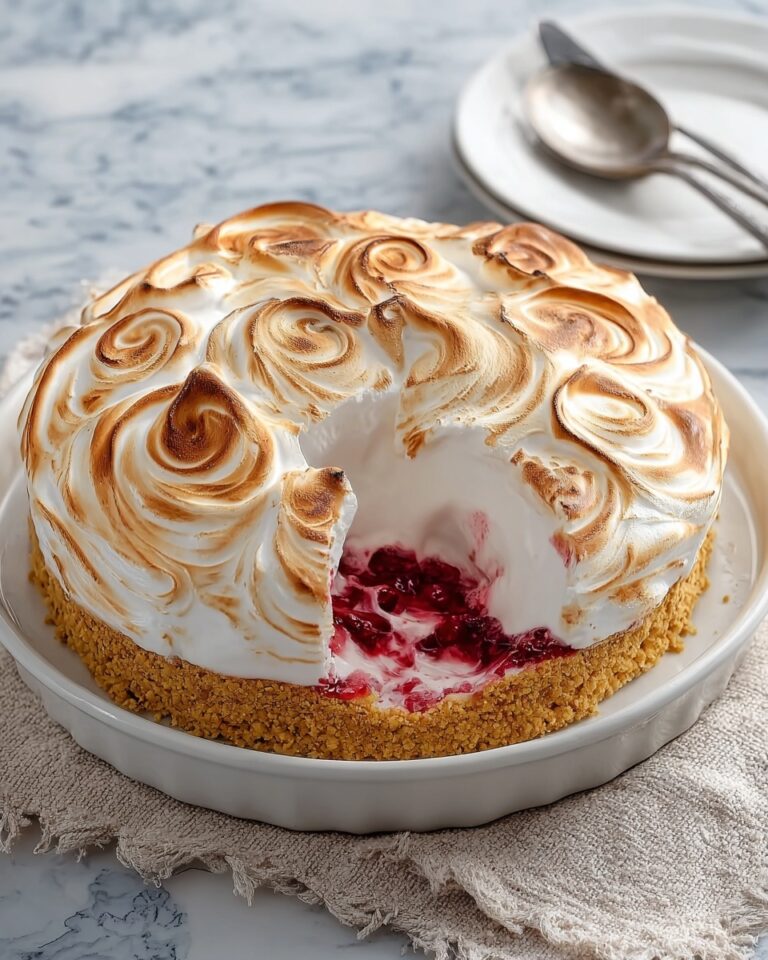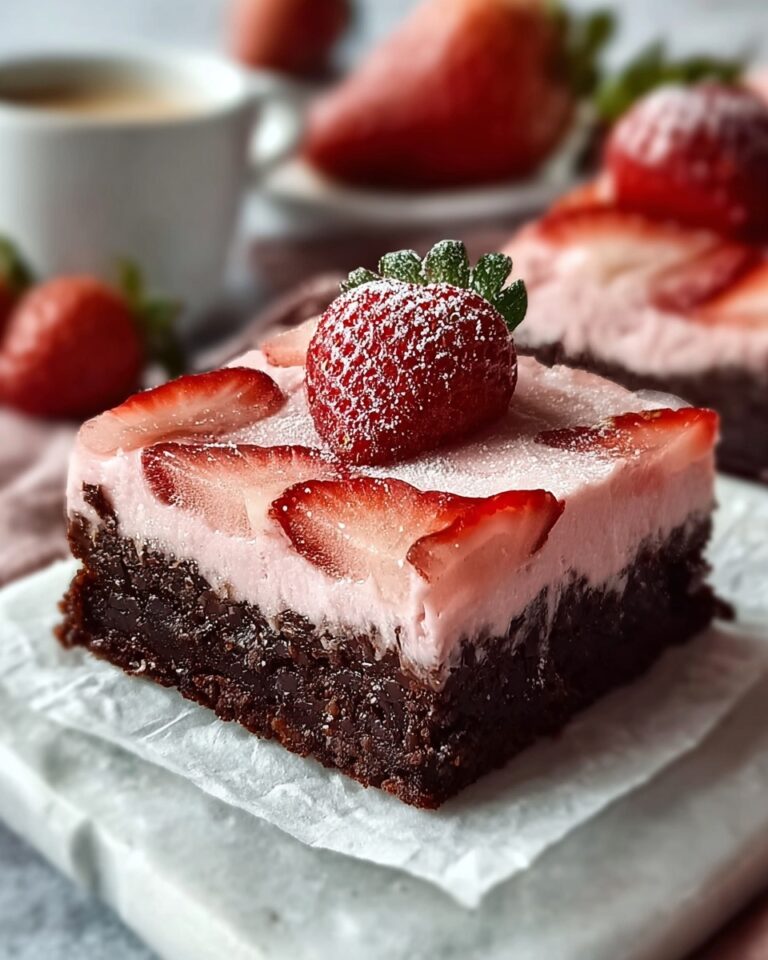If you’ve ever craved a dish that’s packed with warm, aromatic flavors yet manages to feel light and fresh, then the Egga: Egyptian Egg Casserole with Onions and Herbs Recipe is about to become your new favorite. This beautiful casserole combines silky eggs, sweet sautéed onions, and a vibrant burst of fresh herbs, all elevated with a touch of spice and creamy cheese. It’s a simple, hearty recipe that embodies comfort and tradition while being easy enough to whip up any day of the week. Trust me, once you try this, you’ll keep coming back for more of its delicious layers and inviting aroma.
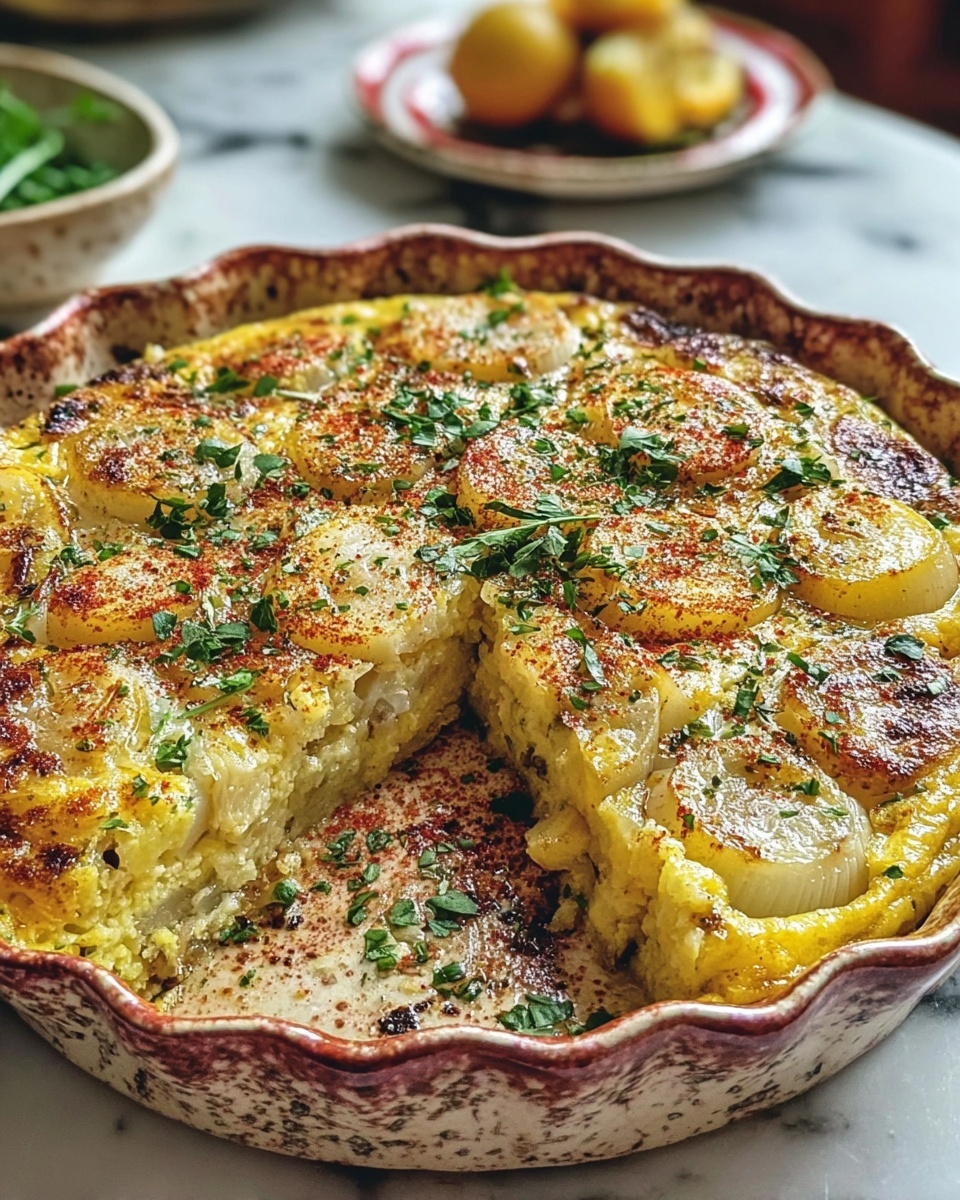
Ingredients You’ll Need
Creating the perfect Egga is all about balancing straightforward, fresh ingredients that each add their own special something — texture, flavor, or richness. Below, you’ll find the essentials that make this casserole sing, keeping it authentic and satisfying.
- 4 large fresh eggs: The main ingredient that binds everything together and creates that rich, fluffy casserole texture.
- 1 medium onion, thinly sliced: Adds sweetness and depth when gently sautéed to caramelized perfection.
- 1/4 cup fresh herbs (parsley, cilantro, or dill), finely chopped: Imparts brightness and an herby freshness that makes this recipe pop.
- 2 tablespoons olive oil, plus extra for greasing: Provides essential moisture for cooking and a silky richness to the dish.
- Salt, to taste: Enhances and balances all the flavors beautifully.
- Black pepper, to taste: Adds subtle heat and complexity.
- 1/4 teaspoon ground cumin or pinch of chili flakes: Brings a gentle warmth and a hint of spice to awaken the palate.
- 1/4 cup grated feta or halloumi cheese: Gives creamy saltiness and a satisfying savory finish.
How to Make Egga: Egyptian Egg Casserole with Onions and Herbs Recipe
Step 1: Sauté the Onions and Herbs
First things first, finely slice your onions and chop your chosen fresh herbs. Heat the olive oil in a pan over medium heat, then add the onions. The goal here is to soften them until they’re translucent and just starting to turn golden — this stage unlocks their natural sweetness without browning or bitterness. Toss in the fresh herbs right at the end and give everything a quick stir; the heat will release their fragrant oils gently so those herbal notes shine through.
Step 2: Whisk the Eggs
While the onions and herbs cool slightly, crack your eggs into a large bowl. Add a pinch of salt and black pepper, then whisk vigorously until the eggs turn smooth and frothy — this step is key for a light, airy texture that makes the Egga irresistible. The little bubbles you create will give the casserole a lovely fluff once baked.
Step 3: Combine Everything with Flavor
Next, fold the sautéed onions and herbs into the beaten eggs evenly. This is also the moment to sprinkle in your cumin or chili flakes for a gentle kick, plus the grated cheese that melts into every bite with a creamy punch. Stir gently so you don’t deflate the airy eggs but make sure everything is beautifully incorporated.
Step 4: Bake to Perfection
Preheat your oven to 350°F (175°C). Lightly grease your baking dish with olive oil to prevent sticking and add an extra layer of flavor. Pour the egg mixture in and place it in the oven. Bake uncovered for about 20 to 25 minutes, watching carefully as the edges set and the top turns a light golden color. You want the center to remain tender and slightly custardy — overcooking will dry it out, and that would be a shame.
How to Serve Egga: Egyptian Egg Casserole with Onions and Herbs Recipe

Garnishes
The beauty of this Egga lies not just in its taste but in how you dress it for serving. A scattering of fresh herbs on top instantly renews the dish’s fresh character, while a drizzle of good quality olive oil adds a glossy finish. You might also try some crushed chili flakes for extra heat or a spritz of lemon juice to brighten up the rich flavors.
Side Dishes
To turn this into a full meal, think simple yet complementary sides that balance its rich savoriness. Fresh pita bread or warm crusty bread are fantastic for scooping. A crisp green salad dressed with lemon and olive oil contrasts perfectly with the creamy texture. Roasted vegetables or a bowl of warm lentils can round out the meal deliciously.
Creative Ways to Present
For a brunch spread, slice the Egga into squares and serve on a colorful platter alongside olives, fresh tomatoes, and labneh. Alternatively, portion it into individual ramekins for a stunning single-serving presentation that’s both charming and practical for guests. You might also serve it open-faced on toasted flatbread, sprinkled with a handful of pomegranate seeds to add a pop of color and a burst of tangy sweetness.
Make Ahead and Storage
Storing Leftovers
Once cooled, cover any leftover Egga tightly and refrigerate. It will keep well for up to three days without losing its lovely texture or flavor, making it a great option for quick lunches or snacks throughout the week.
Freezing
If you want to prepare Egga in advance, it freezes beautifully. Wrap it well in airtight containers or freezer-safe bags and freeze for up to two months. When ready to enjoy, allow it to thaw overnight in the fridge before reheating gently.
Reheating
To bring your Egga back to life, reheat it in a low oven at 300°F (150°C) for 10-15 minutes or until warmed through without drying out. You can also heat it in the microwave in short bursts, covering it with a damp paper towel to maintain moisture.
FAQs
Can I use dried herbs instead of fresh for Egga?
Fresh herbs are highly recommended because they brighten and lighten the casserole’s flavor profile, but if you only have dried herbs, use about one-third of the amount and add them early in the cooking process to help release their aroma.
What cheese works best in Egga?
Feta or halloumi are traditional and give a nice salty, creamy touch. However, you can experiment with goat cheese or ricotta for different textures and subtle flavor shifts.
Is Egga suitable for meal prep?
Absolutely! This casserole holds up well in the fridge and freezer, making it ideal for preparing ahead and enjoying during busy weekdays. Just store and reheat as described to keep its freshness.
Can I add other vegetables to this casserole?
Yes, adding finely chopped vegetables like bell peppers or tomatoes can work nicely, just be careful to keep them well-cooked and drained to avoid making the Egga watery.
How to make Egga spicier?
Increasing chili flakes or adding a dash of harissa paste into the egg mixture can boost the heat level. Start with small amounts and adjust to your taste for perfect balance.
Final Thoughts
There’s something truly special about the Egga: Egyptian Egg Casserole with Onions and Herbs Recipe that makes it stand out as a comforting yet fresh dish that anyone can make. It melds simple ingredients into a harmonious flavor experience that feels timeless but also wonderfully homey. I can’t wait for you to try it yourself and discover just how easy it is to fall in love with this beautiful Egyptian classic.
Print
Egga: Egyptian Egg Casserole with Onions and Herbs Recipe
- Prep Time: 10 minutes
- Cook Time: 25 minutes
- Total Time: 35 minutes
- Yield: 4 servings
- Category: Breakfast
- Method: Baking
- Cuisine: Egyptian
- Diet: Vegetarian
Description
Egga is a traditional Egyptian egg casserole featuring sautéed onions and fresh herbs, baked to a fluffy, tender finish. This simple yet flavorful dish combines fresh eggs, aromatic herbs, and savory cheese, making it an ideal breakfast or light meal that’s both hearty and comforting.
Ingredients
Egg Mixture
- 4 large fresh eggs
- Salt, to taste
- Black pepper, to taste
Onion and Herb Mixture
- 1 medium onion, thinly sliced
- 1/4 cup fresh herbs (parsley, cilantro, or dill), finely chopped
- 2 tablespoons olive oil, plus extra for greasing
- 1/4 teaspoon ground cumin or pinch of chili flakes (optional)
Cheese
- 1/4 cup grated feta or halloumi cheese (optional)
Instructions
- Prepare the Onion and Herb Mixture: Finely slice the onion and chop the fresh herbs. Heat 2 tablespoons of olive oil in a pan over medium heat. Sauté the onions until soft, translucent, and lightly golden, making sure they remain sweet and tender without browning. Stir in the chopped fresh herbs briefly just before removing the pan from the heat.
- Whisk the Eggs: In a large bowl, crack the eggs and whisk vigorously with a pinch of salt and black pepper until smooth and slightly frothy. This will help create a fluffy texture in the casserole.
- Combine Ingredients: Pour the sautéed onion and herb mixture into the beaten eggs and mix gently to combine evenly. Add optional spices like cumin or chili flakes and fold in the cheese if using, to enhance flavor.
- Bake the Casserole: Preheat the oven to 350°F (175°C). Grease a small baking dish with olive oil and pour in the egg mixture. Bake uncovered for 20-25 minutes until the edges are set and the top turns lightly golden but the center remains tender. Watch carefully to prevent drying out the casserole.
Notes
- To ensure the onions remain sweet and tender, avoid browning them too much during sautéing.
- For a vegetarian option, use a cheese like feta or halloumi; omit to keep it vegan.
- Feel free to experiment with different fresh herbs for varied flavor profiles.
- Keep a close eye on the casserole while baking to prevent overcooking and drying out.
- This dish pairs well with fresh bread or a simple salad for a complete meal.
